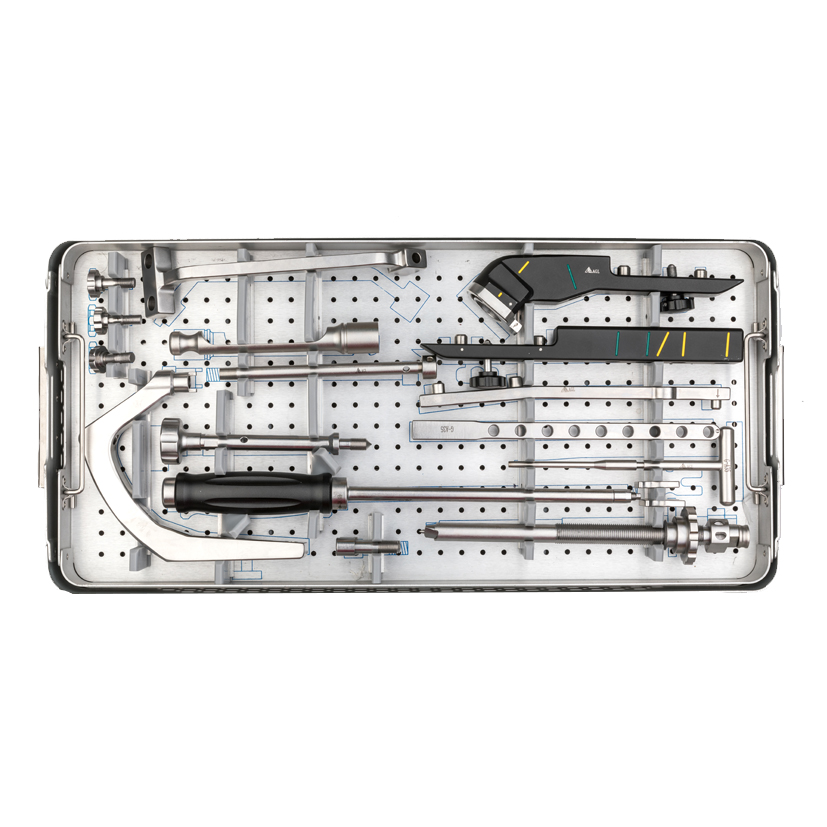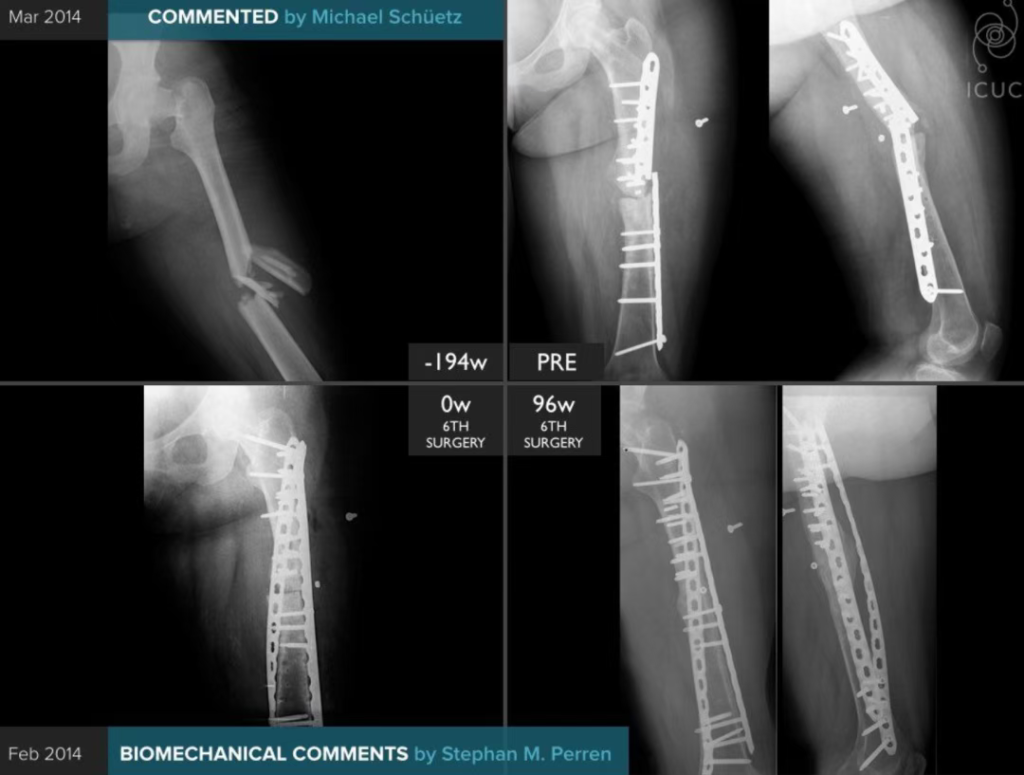Meta Description:
Discover the standard protocol and evidence-based approach to handling dropped surgical instruments during orthopedic operations. Learn the correct IUSS sterilization process, risk control, and decision-making strategies to maintain absolute aseptic integrity and patient safety.

When Precision Meets Chaos — The Reality Behind a Dropped Instrument
It’s the sound no surgeon wants to hear: “Clang!”
An instrument hits the floor. There’s no backup. The clock is ticking.
In orthopedic surgery, where precision defines outcomes, this scenario tests not just surgical skill but the entire team’s crisis management and ethical foundation. The rule is simple yet absolute: “Patient safety first. Sterility never negotiable.”
As the Centers for Disease Control and Prevention (CDC) and AORN guidelines emphasize, no shortcut can justify compromising aseptic standards.
👉 “If it isn’t clean, it can’t be sterilized.” That’s the iron law of infection prevention.
The 3-Step Response Protocol: From Panic to Precision
Step 1: Announce and Isolate
- Immediate callout: Whoever notices it first must loudly alert the scrub and circulating nurse.
- Safe retrieval: The circulating nurse, wearing gloves, collects the instrument and identifies it.
- Biohazard isolation: Contaminated tools are treated as biological waste — placed in a visible, designated non-sterile zone for final count reconciliation.
Step 2: Decide — Replace or Wait?
Option 1 – Golden Standard: Replace Immediately 🥇
If an identical sterile backup exists, use it. Fast, safe, and compliant.
Option 2 – Evaluate Criticality:
If there’s no replacement, the lead surgeon must assess:
- Can the step be modified with available sterile tools?
- Can the surgery pause safely for sterilization (5–7 min delay)?
If neither is possible and the instrument is irreplaceable, proceed to Immediate-Use Steam Sterilization (IUSS).
Step 3: Activate IUSS (Last Resort 🚨)
IUSS isn’t just “flashing.” It’s a strictly controlled emergency sterilization method defined by the Association for the Advancement of Medical Instrumentation (AAMI ST79).
1. Pre-Cleaning – “Decontamination Is Non-Negotiable”
- Never load a bloody instrument directly into the autoclave.
- Rinse with sterile water (not saline) to avoid corrosion.
- Apply enzymatic cleaner, wrap in sealed, leak-proof, biohazard-labeled containers, and transport to the SPD.
2. Sterilization Cycle
- Conducted by qualified SPD personnel using IUSS-compatible rigid containers.
- Use pre-vacuum mode at 132°C for 4 minutes, following IFU guidelines.
- Strict prohibition: no soft wraps or paper pouches.
3. Validation and Traceability
- Each cycle requires a Type 5 or Type 6 chemical indicator inside the container.
- Use only if the indicator passes; otherwise, treat as sterilization failure.
- Record patient data, instrument name, cycle parameters, and operator signatures for full traceability.
Research from Infection Control & Hospital Epidemiology (2022) shows IUSS increases SSI risk by 1.52× compared with standard sterilization — highlighting why it must remain an exception, not a habit.
From Crisis to Culture: Prevent, Prepare, Perfect
1. Inventory Optimization
Frequent IUSS usage signals stock inadequacy. Use cycle data to justify investment in backup instruments — the most cost-effective infection prevention measure.
2. Process Improvement
Analyze why the drop occurred — crowded table? Poor handoff?
Implement procedural drills and ergonomic table setups to reduce handling errors.
3. Emergency Readiness
Display a decision-tree chart in every OR and conduct quarterly simulation drills.
When chaos strikes, confidence replaces panic.
Bottom Line
A surgeon’s true excellence shines not in perfection, but in recovery.
Handling a dropped instrument correctly isn’t just protocol — it’s leadership, science, and ethics in motion.
Never cut corners on sterility. Never gamble with infection.
In orthopedics, every decision leaves a scar — make sure yours heals clean.
Disclaimer:
This article and all articles on this website are for reference only by medical professionals; specific medical problems should be treated promptly. To ensure “originality” and improve delivery efficiency, some articles on this website are AI-generated and machine-translated, which may be inappropriate or even wrong. Please refer to the original English text or leave a message if necessary. Copyright belongs to the original author. If your rights are violated, please contact the backstage to delete them. If you have any questions, please leave a message through the backstage, or leave a message below this article. Thank you!
Like and share, your hands will be left with the fragrance!
More info.




